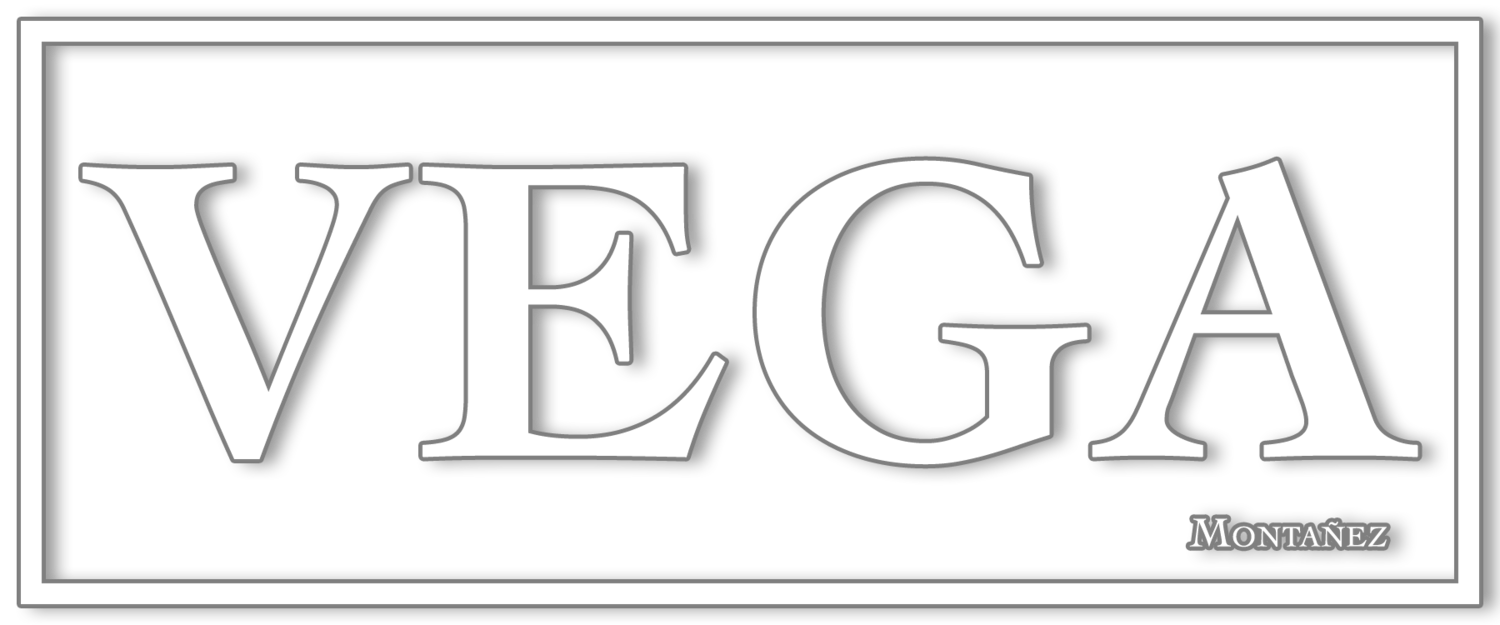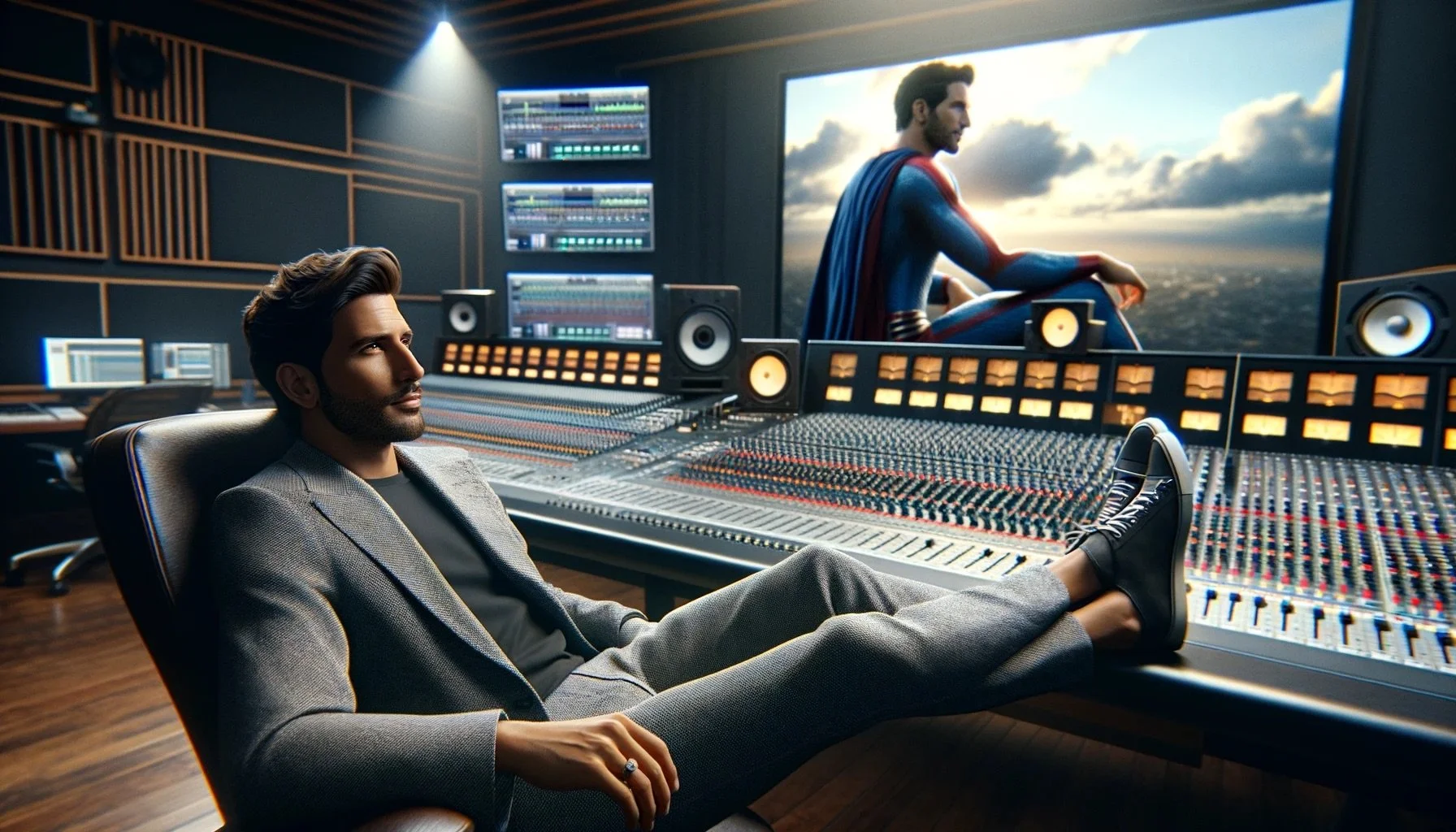Why Your Film's Sound Design Deserves a Seat at the Pre-Production Table
Hey, Let's Chat About Making Movies
When you're dreaming up your next film, you're probably getting jazzed about all the visual candy you're gonna throw on screen. We're talking about those slick shot lists, the kind of color palettes that make your scenes pop, and lighting that can make even the dullest of settings look like something out of a dream. But hang on a sec, aren't we forgetting something? Oh yeah, sound design! Trust me, it’s like the secret sauce that can take your movie from "Oh, cool" to "Oh, WOW!"
Painting with Sound from the Get-Go
Crafting Your Shots with Ears in Mind
Imagine this: You’re piecing together your shot list, visualizing every frame. Now, add another layer—think about how each of those shots will sound. That cozy café scene? Imagine the soft murmur of conversation, the clink of cups. That high-speed chase? The roar of engines, tires screeching. Sound design isn’t an afterthought; it’s a partner to your visuals, shaping the vibe from the ground up.
Color Me Sounds
Colors aren't just seen; they're felt, right? Warm tones, cool vibes, they all stir something in us. Now, pair those visuals with sound. The right tunes and tones can make those colors feel even deeper. It’s like dressing up your scenes in their best outfits, complete with matching accessories.
Lighting and Sound: A Match Made in Heaven
Lighting sets the mood. It can make us feel safe or throw us into suspense. Now, pair that with sound. The eerie silence of a dimly lit alley. The lively chatter of a brightly lit party. When lighting and sound play nice, your scenes become experiences.
World-Building; Characters and Soundtracks
Every character in a story brings their unique vibe, their quintessential essence that defines who they are. To amplify this individuality, why not assign each character their own distinct sound? Imagine the protagonist's theme, a specific melody or tune that plays every time they take charge of a scene. It’s akin to having personal entrance music like in the WWE, only far cooler and more cinematic. This sonic branding helps characters resonate more deeply with the audience, turning them from mere figures in a story to memorable icons.
In the broader tapestry of the narrative, the world your characters inhabit should not just be seen; it should be felt and heard. It’s about creating an environment so tangible that it pulls the audience right into the scene. Consider the relentless hustle of a busy city street or the serene stillness of a forest—these aren’t just backdrops, they are living parts of the story, made real and vibrant through sound. It’s like virtual reality for the ears, where every auditory detail builds the world around you.
Moreover, pacing in a film or any narrative isn’t solely about the sequence of events; it’s intrinsically linked to how these events are felt. Sound plays a crucial role in this. A sudden drop into silence can stretch a moment, swelling it with tension and anticipation. Conversely, a rising crescendo might herald a moment of victory or a climax, guiding the audience’s emotional journey through the peaks and troughs of the story. Thus, the tempo of your story is woven not only through the actions but significantly through the soundscapes that accompany these moments. This auditory dimension adds a rich layer of emotional texture that engages viewers not just intellectually but viscerally.
Let’s Finish Technical
Scouting with Sound in Mind: Choosing locations isn’t just about the look. It’s about sound too. An echoey room might ruin a heartfelt conversation. Early sound checks can save you a headache later.
Budgeting for Brilliance: Sound design needs cash too. High-quality audio, killer tracks, they all cost. Plan for it early, and you won’t be scrambling to fix sound issues with your budget scraps.
Collaboration Is Key: Get your composers and sound designers in the loop early. They’re like the cool kids who can make your project 10 times better just by being involved. Plus, their ideas can inspire your visuals too.
So, here’s the deal: incorporating sound design into your pre-production isn’t just smart; it’s essential. It’s what takes your film from being just another flick to something that sticks with people, that moves them. By giving sound design a seat at the pre-production table, right there next to the visual bigwigs, you’re setting your film up for success. Because, in the end, making a movie that looks good is great, but making a movie that feels good? That’s everything.
Cheers to making movies that don’t just move our eyes but our hearts too. Let’s make some noise!



